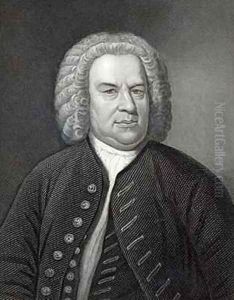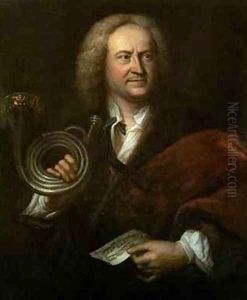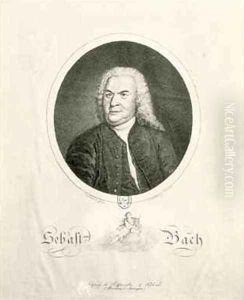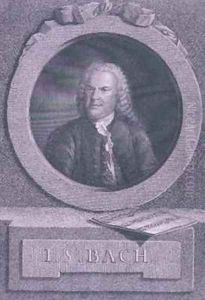Elias Gottleib Haussmann Paintings
Elias Gottlob Haussmann was a German painter, born in 1695 in Gera, Thuringia, Germany. He is best known for his work as a portrait painter. His father was also a painter, from whom he likely learned the basics of his craft. Haussmann’s career took a significant turn when he became the court painter for the Elector of Saxony, Augustus II the Strong, in Dresden. This position provided him with the opportunity to paint portraits of important figures of his time and helped him to develop a distinct style that catered to the tastes of the Saxon court.
Haussmann later moved to Leipzig, where he became the city's leading portrait painter. He captured the likenesses of many notable individuals, including academics, musicians, and politicians. One of his most famous works is the 1746 portrait of Johann Sebastian Bach, which is considered one of the most reliable depictions of the composer. This work, in particular, is celebrated for its attention to detail and has served as an invaluable document for historians and musicians alike.
Throughout his career, Haussmann demonstrated a keen ability to capture the personality and social status of his sitters. He was adept at using clothing, posture, and props to communicate information about the subject’s identity and position in society. His portraits are characterized by their realistic representation and careful attention to texture and color.
Elias Gottlob Haussmann continued to work and live in Leipzig until his death in 1774. His body of work provides a fascinating glimpse into the faces and fashions of the 18th century German upper classes. Although he may not be as widely known as some of his contemporaries, his contribution to portrait painting during the Baroque period remains significant, and his portraits are still studied and admired for their craftsmanship and historical value.



